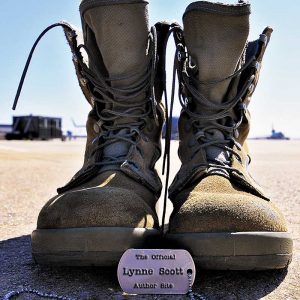As a buyer/reader I am offended when I spend a big chunk of coin only to find out that I bought a novella or short story. EBook sellers such as Amazon and Barnes and Noble need to do a little better job in providing the information to the buyer. Page count is not the industry standard for categorizing books. Word count is.
Why is the category based on words and not pages? There was a time when the cost used to be in the typesetting, so more words equaled more expense. Writers used to be paid by the word. As I mentioned in a previous post, editing costs are still based on the word count. The other reason is that font style and size can affect page count, as can format. Big print equals more pages even though the word count doesn’t change. If the book is in print format than the actual paper size affects the count – a traditional 6×4 paperback will have more pages than the “flat style” 6×9 soft cover.
There’s a wide variety of views on the number of words that constitutes a novel – and it is words not pages that are counted by publishers. The category based on count actually varies by genre. However, the averages seem to work out at about:
Short Story = Under 10,000 words
Novelette = 10,000-19,999 words
Novella = 20,000 – 49,999 words
Novel = Over 50,000 words
Super Novel = Over 100,000 words
Young adult books often fit in the Novelette or Novella category. Harlequin shoots for a target of 40-50,000 words for a novel in most of their lines; although, some of their lines are a maximum of 35,000 words placing them in the Novelette or Novella ranges. The sci-fi and fantasy genres consider 40,000 and above to fit the novel category, while several of the mystery and suspense groups say 60,000 is the minimum to meet their requirement of a novel. National Novel Writing Month requires 50,000 words as a minimum for novel status.
Most readers are not familiar with this so all they have to rely on is page count. Here’s another breakdown. There is anywhere from 300 to 400 words on about 35 lines per page. (35 being the industry average on a traditional 4×6 paperback.) Romance books, which are characterized by lots of quick dialog and short paragraphs, will be on the low side of that number. More line returns means less material per page. Many romance novels are also utilizing an additional line between paragraphs much like my blog, hence even fewer words per page. A suspense or mystery novel will generally be denser per page due to the background and descriptions, so those will average on the high side.
I average 380 words per page with no additional line spacing.
One of my favorite romance writer averages 310 with the additional spaces.
My book of 80,000 words (according to Amazon) is estimated 215 pages. My friend’s book of 35,000 words is estimated at 140 pages.
When I see the book in a brick and mortar store, I can tell by the thickness and font size what I’m getting.
How does Amazon come up with the estimated page count they list? It’s based on the number of times the page needs to be turned on the Kindle. The utilize the file size uploaded, the word count, the number of line returns, and page breaks. I don’t have a problem with that, but once again, the style and spacing can vary greatly, so the estimate is not overly helpful.
I’d really like to see Amazon and Barnes and Noble require and post the word count so the buyer can make a better informed decision. What would be really nice is if they would flag the size clearly so the buyer knows what they’re getting.

